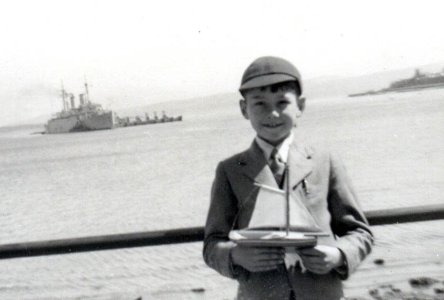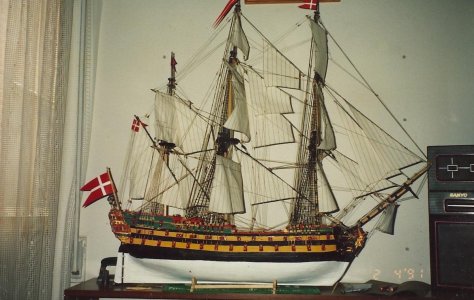- Joined
- Jun 30, 2012
- Messages
- 1,418
- Points
- 433

I really think there is an obsession with warships, covered in decorations, fancy figureheads and guns. People are often held back by themselves. Hundreds of times I have had folk say things like "I could never do that!" and there the matter rests. Also, "I don't have the patience, I can't afford expensive tools, I don't have the time!" I have been using the same inexpensive tools that I have had for many years, I have very little patience, and like to see the model taking shape in the first two or three days. I was short of time when I was at sea, but always managed half an hour or so in the afternoons between watches.
When I was about 8, I built a couple of kits, but when I wanted another, I was told that my parents could not afford it and "if you had anything about you, you would just make them! yourself!" Two days later, I was given a box of yellow pine wood offcuts, and a small wooden toolbox containing, two chisels, coping saw, hammer, archimedean drill, small plane, screwdriver etc, and told to get on with it. I never got out of first grade at wood and metalwork at school, and last report said, "practical skills poor to moderate!" But plodding along at a snail's pace eventually paid off. Merchant ships, of course, are far easier than warships because of minimum decoration, and no guns, and far more interesting histories and life. To me, one sea battle is pretty much like another, and not something I would want to get involved with anyway!


When I was about 8, I built a couple of kits, but when I wanted another, I was told that my parents could not afford it and "if you had anything about you, you would just make them! yourself!" Two days later, I was given a box of yellow pine wood offcuts, and a small wooden toolbox containing, two chisels, coping saw, hammer, archimedean drill, small plane, screwdriver etc, and told to get on with it. I never got out of first grade at wood and metalwork at school, and last report said, "practical skills poor to moderate!" But plodding along at a snail's pace eventually paid off. Merchant ships, of course, are far easier than warships because of minimum decoration, and no guns, and far more interesting histories and life. To me, one sea battle is pretty much like another, and not something I would want to get involved with anyway!


Last edited:









 papers are not what they used to be, but there are city and town magazines and other tabloids that may be interested.
papers are not what they used to be, but there are city and town magazines and other tabloids that may be interested. 

